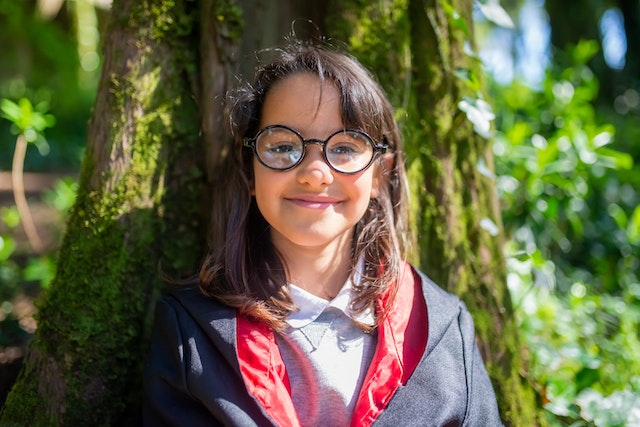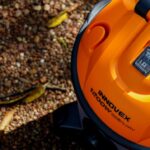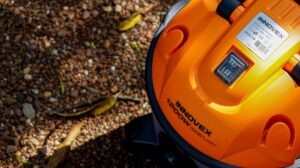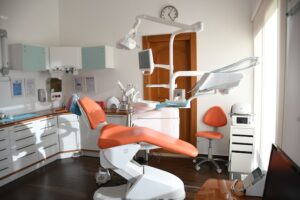
What Types of Clear Glasses Are Good For Kids?
When selecting glasses for kids, there are a few factors to consider. For example, lightweight frames are more comfortable than heavy ones. Heavy frames can slip and are uncomfortable to wear. For this reason, it is recommended to opt for lightweight plate glasses or TR90 lens frames. Both of these materials feature good chemical and thermal properties. They also have no side effects and are convenient to use. You can choose different options for kids at https://felixgray.com/collections/kids-clear-glasses.
Plastic Frames
Plastic frames are cheaper and lighter than metal frames but also have a few disadvantages. Plastic can fade in color, is more challenging to adjust, and may break or crack if the frame is not adjusted properly. Metal frames are also more durable, but their frames tend to break more easily than plastic frames.
Metal frames are more expensive, so you should consider plastic ones. The plastic frames are also more versatile. They come in a wide range of colors and patterns. You can choose from cellulose acetate or basic nylon. These are more durable than metal frames but may be slightly less expensive.
Plastic frames are also more comfortable. They don’t have nose pads, and the molded bridge makes them easier to wear. In addition, plastic frames are better for kids because they won’t bend or break easily. Additionally, they come in a wider variety of styles, making them a more versatile option for young kids.
Rubberized Frames
If you’re buying for a child, you’ll probably want to choose a pair of glasses that have a soft finish. They’ll be much more comfortable than a hard or metal frame and make your child feel more confident wearing them. You can choose from a wide range of frames designed with comfort and durability.
You’ll also want to consider how your child will use their glasses. Kids tend to be active, and they’ll likely drop, sit on, and run around with their glasses. This can lead to frames that slide around or fall out of their face, causing discomfort and defocusing images. There are three primary considerations when selecting a kids’ frame: the material, nose pad/bridge, and temple tip. While there are many different frames for kids, rubberized frames are the most comfortable. The rubberized frames are bendy and offer the best fit.
Photochromic Lenses
Whether kids wear sunglasses or sunglasses, protecting their eyes from UV rays is essential. UV-protecting eyewear can help prevent sunburn, cataracts, and other vision-related issues. But even the best sunglasses won’t keep 100% of the sun’s rays out. They can only provide adequate UV protection when made of unique material.
While photochromic lenses are often referred to as UV-blocking lenses, they offer a much broader range of benefits. For example, they can reduce blue light exposure and prevent eye fatigue. The lenses can also reduce the effects of blue light-emitting devices in low-light conditions. Photochromic lenses can help kids stay up-to-date on their social media accounts and play without the risk of eyestrain by blocking blue light from entering the eye.
Photochromic lenses are an excellent option for children because they offer 100 percent UV protection and are impact-resistant. They can also be tinted to any shade – from clear to dark. Kids’ sunglasses with photochromic lenses can help prevent cataracts, especially if they wear them for extended periods.


















